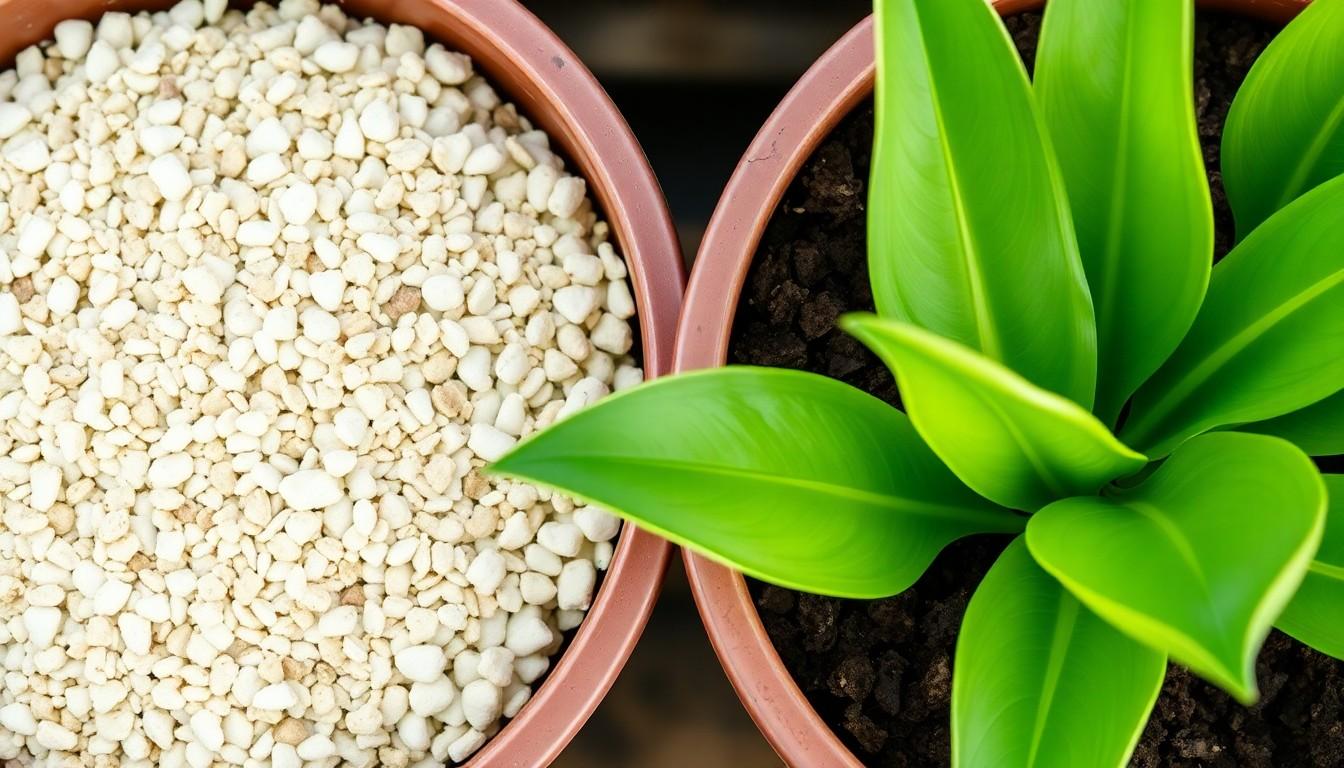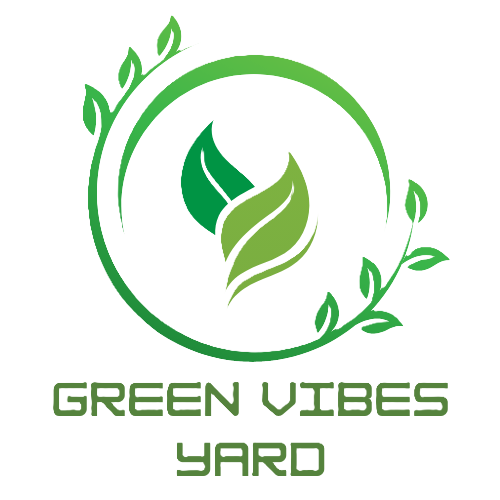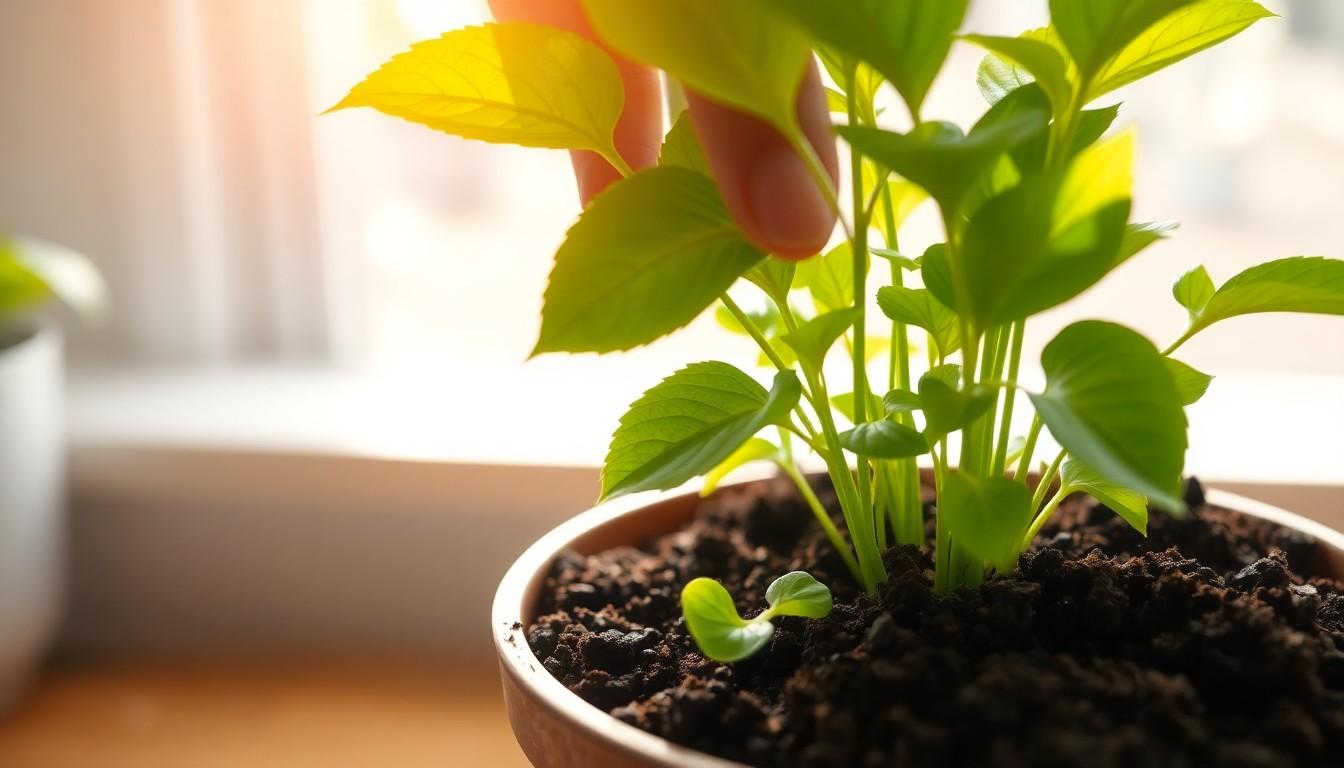Picture this: you’ve just dug up your garden, and there’s a mountain of rich, earthy soil staring back at you. It’s tempting to think, “Why not toss some of that goodness into my pots?” But before you go full-on gardening rebel, let’s pump the brakes for a second. Using garden soil in pots might seem like a no-brainer, but it’s not always the best idea.
While garden soil has its perks, it can also bring unwanted guests like pests and diseases right into your cozy container garden. Plus, it might not drain as well as those fancy potting mixes designed for potted plants. So, is it a gardening faux pas or a hidden gem? Let’s dig deeper and find out if that garden soil is ready for pot duty or if it should stay in its own backyard.
Overview of Garden Soil
Garden soil contains a blend of organic matter, minerals, and microorganisms. Its composition plays a significant role in plant growth and health.
Characteristics of Garden Soil
Garden soil typically includes a mix of clay, silt, sand, and organic matter. These components contribute to the soil’s texture and structure, influencing water retention and drainage. Nutrients from decaying plant material enhance its fertility. Microbial life present in the soil promotes healthy root systems. However, garden soil can compact easily, which impacts air circulation. Variability exists in garden soil types based on location and usage.
Benefits of Using Garden Soil
Utilizing garden soil can provide several advantages for container gardening. Nutrient-rich garden soil supports robust plant growth thanks to its organic content. It’s usually cost-effective compared to commercial potting mixes. Many gardeners appreciate the sustainable aspect of reusing garden soil. Introducing beneficial microorganisms can enhance soil health and plant resistance to diseases. Overall, it can offer a familiar medium for those accustomed to traditional gardening methods.
Differences Between Garden Soil and Potting Mix

Garden soil and potting mix serve distinct purposes in gardening. Understanding their differences is essential for making informed choices about planting in pots.
Drainage and Aeration
Potting mix often contains lighter components like perlite or vermiculite, enhancing drainage and aeration. In contrast, garden soil tends to compact, leading to inadequate airflow around roots. Compaction reduces moisture retention and stunts plant growth. A well-aerated potting mix promotes healthy root development, allowing plants to access nutrients efficiently. That characteristic is crucial for container gardening, as containers may retain water differently than garden beds.
Nutrient Content
Nutrient availability varies significantly between garden soil and potting mix. Garden soil typically boasts a diverse nutrient profile due to its organic matter and microbes. However, nutrients may leach quickly in pots, diminishing effectiveness over time. Potting mixes often include added fertilizers designed to last several months, supplying consistent nutrients for potted plants. Selecting the right blend of nutrients is vital for supporting plant health in containers.
Considerations for Using Garden Soil in Pots
Using garden soil in pots presents several factors to think about. Specific plants respond differently to garden soil’s unique characteristics.
Plant Type Compatibility
Certain plants thrive in garden soil, while others struggle. Vegetables and herbs often adapt well due to their strong root systems. Flowering plants may require better drainage that garden soil can’t supply. Succulents and cacti typically do not fare well in garden soil, as it retains too much moisture. Assessing the compatibility of specific plant types with garden soil ensures successful growth in containers.
Potential Pest and Disease Issues
Pests and diseases pose a significant risk when using garden soil. Introducing soil from an outdoor environment can bring along harmful organisms. Fungal diseases often proliferate when soil is too compacted, affecting plants in pots. Regular monitoring for pests like aphids or soil-borne pathogens is crucial. Ensuring soil health and making informed choices can mitigate these risks.
Alternatives to Garden Soil
Several options exist for replacing garden soil in pots. Each alternative offers unique benefits that support plant growth.
Commercial Potting Mixes
Commercial potting mixes provide a well-balanced blend of materials designed for container gardening. They often contain components like peat moss, perlite, and vermiculite that enhance drainage and aeration. Many brands add fertilizers to sustain nutrient levels over time, which proves essential for potted plants. Available in various formulations, these mixes cater to specific plant types, such as herbs or flowers, offering tailored nutrition. Additionally, commercial potting mixes undergo sterilization processes, reducing the risk of pests and diseases. Some gardeners find these options convenient, as they require no mixing and guarantee consistent performance.
Homemade Potting Mix Recipes
Homemade potting mixes allow gardeners to customize their soil blends based on plant needs. Common ingredients include peat moss, compost, and perlite. A basic recipe involves combining two parts peat moss, one part compost, and one part perlite, providing a well-draining mix ideal for most plants. Another variation adds a small amount of lime to balance pH levels, enhancing nutrient availability. Gardeners can adjust ratios for specific plants, ensuring the right moisture retention and drainage. Many prefer these recipes because they use readily available materials and offer a sense of control over soil quality.
Conclusion
Using garden soil in pots can be a tempting option for gardeners looking to save costs and utilize available resources. However the potential risks associated with pests compaction and inadequate drainage often outweigh the benefits. While some plants may thrive in garden soil others may struggle due to its heavy nature and tendency to retain moisture.
For those committed to container gardening exploring specialized potting mixes or creating a homemade blend may provide a more balanced solution. These alternatives not only promote healthy root growth but also enhance overall plant vitality. Ultimately choosing the right soil is crucial for achieving successful and sustainable container gardens.

